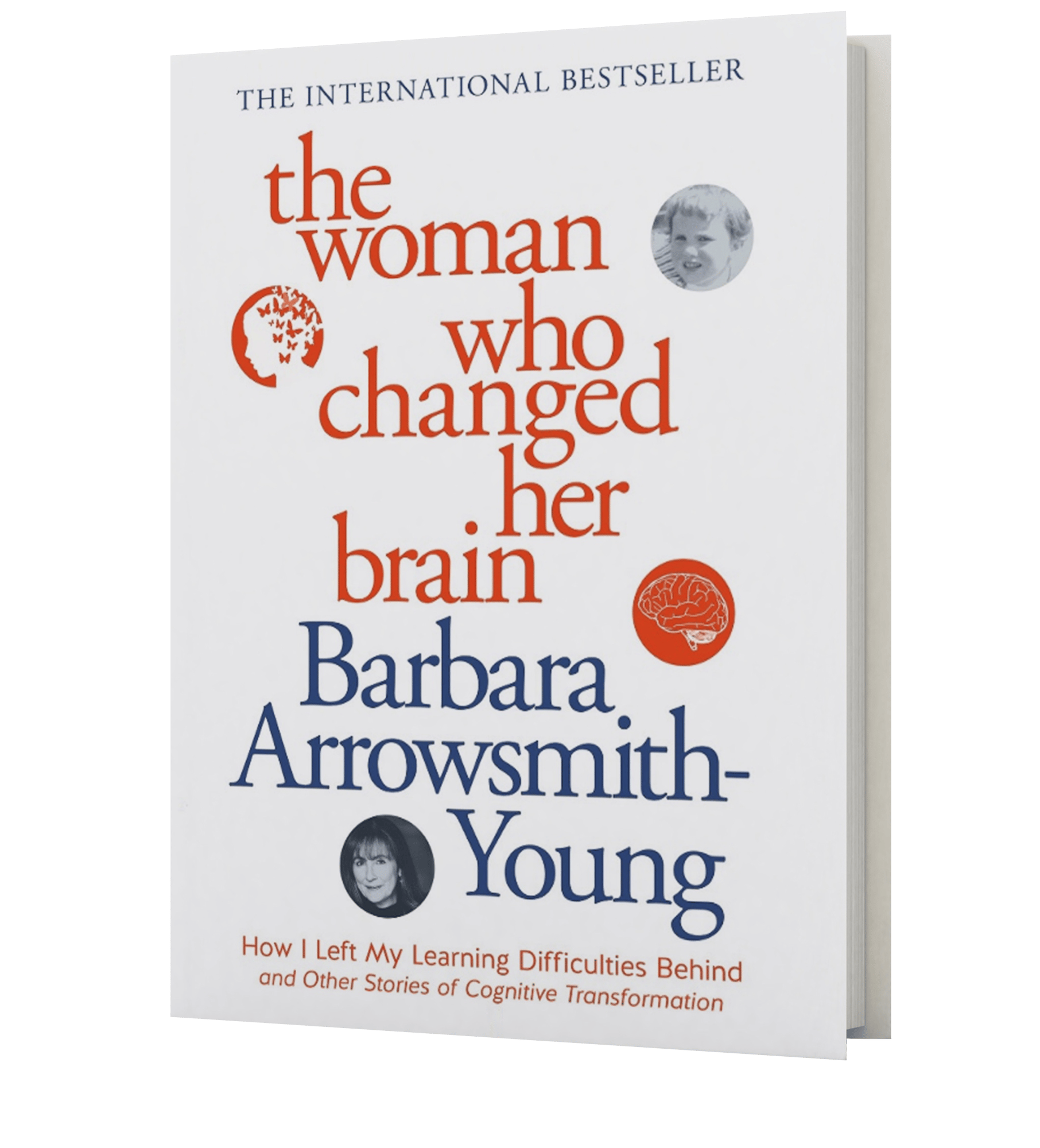Learning to write is a complex process for all young learners. When foundational writing skills are not secured by a certain age, or when they come only with great effort and labour, a writing difficulty is identified.
A diagnosis of Dysgraphia is often applied when an individual's writing and fine motor skills are significantly impaired.

Dysgraphia can be a result of weaknesses in the following cognitive functions:

The messages our brain sends to our hand to grip and move the pencil, and the automated motor plans that create letters and words.
When the two cognitive functions responsible for these processes are weak, writing can be a chore, and often feel impossible.
Examples of these two features:
Expressive writing often comes under the Dysgraphia umbrella. In these cases, other cognitive functions come into play, including the capacity to sequence language together in a logical way (Predicative Speech), to stay on topic (Symbolic Thinking) and to develop logical arguments (Symbol Relations). Depending on the individual’s diagnosis, a host of cognitive causes can be identified.
Take our 30-minute cognitive profile questionnaire to start the journey into understanding your brain's strengths and weaknesses through a cognitive lens.
The Arrowsmith Cognitive Assessment, administered by an Arrowsmith trained professional, will provide you with an in-depth insight into your unique cognitive profile.
Writing problems are also associated with academic struggle and low self-esteem, which can persist into adulthood.
So much of one’s academic and professional performance is measured by their written output. No matter what their knowledge or understanding of the subject matter – if they cannot effectively communicate in writing – their performance suffers. What’s more - the act of writing has been shown to help the brain remember, organize and process information.
Common accommodations for Dysgraphia and writing problems include assistive technology and oral assessments. These work-arounds can provide temporary relief to writing struggles. Most students and educators acknowledge however that these are not enduring solutions and are rarely available beyond the school years.

Contrary to popular belief – the digital world will not replace the need to write. Each cognitive function underlying the mechanics of writing is also required in learning how to type, to remember spelling conventions, to track across a series of words and numbers. Technology will not replace the need to communicate, to express oneself, to effectively participate in a fast-paced world.
If you or your child has been diagnosed with dysgraphia, or is simply experiencing challenges with written expression, spelling, or completing written tasks and tests on time – Arrowsmith can strengthen the cognitive functions underlying these difficulties and create new possibilities for learning and performance. Contact us to learn more.

You can find more information on this topic in Chapter 14, Nothing to Write Home About, of Barbara Arrowsmith-Young’s, The Woman Who Changed Her Brain.
The flow from my brain to pen or keyboard is much smoother because my mental ‘gridlock’ is gone. I used to think my brain was ahead of my hand, but I am happy to say when I write now, my brain and my hand are working together nicely.